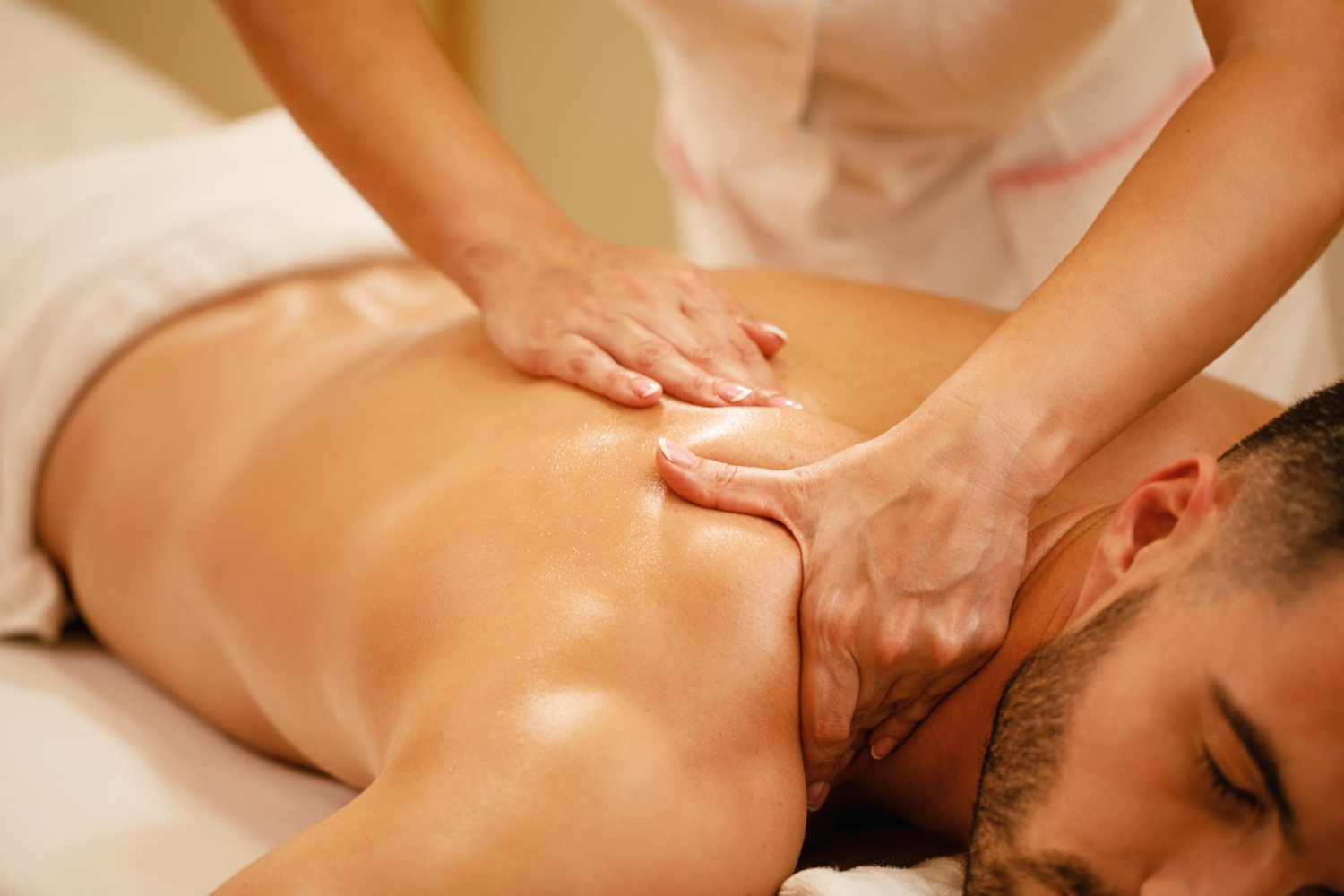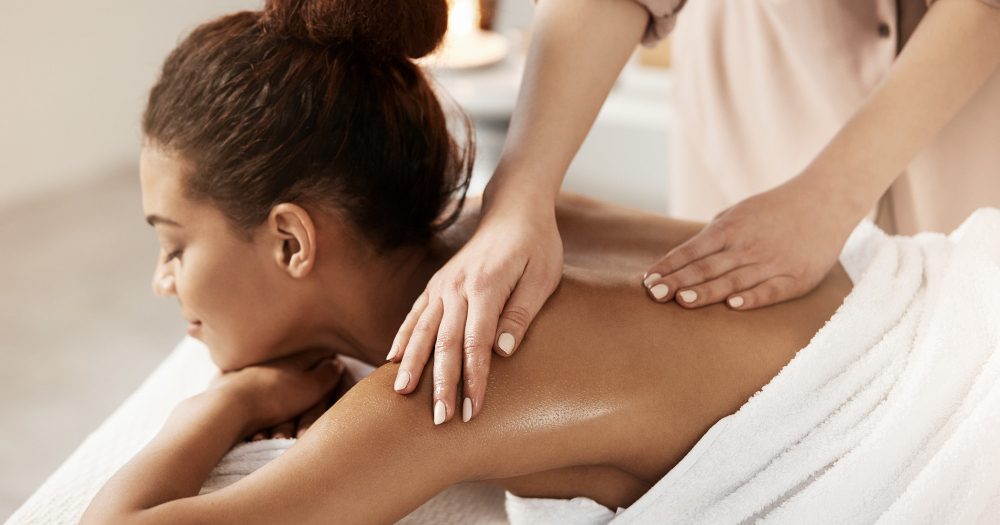{{ banner_block|raw }}
Let’s explore how to tailor your massage routine for optimal results, backed by expert insights.

Factors influencing massage frequency
Before deciding on a schedule, it’s important to consider what you want to get out of your massage sessions. Here are some key factors:
Your goals: Pain relief? Stress management? Faster recovery? Relaxation?
Massage type: Deep tissue massage frequency may differ from scalp massage or lymphatic drainage.
Lifestyle & activity level: Athletes may benefit from more frequent sessions than someone with a sedentary job.
Stress & mental Health: If you're dealing with high stress or anxiety, massage therapy for stress relief can be especially helpful.
Budget & accessibility: Weekly sessions may sound great, but consistency within your means is what matters most.
Recommended massage schedules for different needs
Here’s a general guide to help you find your ideal full-body massage schedule:
General wellness & relaxation: Every 3–4 weeks
Chronic pain or injury recovery: Weekly or biweekly (especially for deep tissue massage)
Athletes or active lifestyles: 1–2 times per week around training cycles
Lymphatic drainage massage: Weekly at first, then taper as symptoms improve
Prenatal massage: Every 2–4 weeks (always consult your OB-GYN)
Scalp massage: 2–3 times a week at home for tension and hair health
Self-massage techniques: Daily or as needed to complement professional sessions
Benefits of regular massage therapy
Integrating massage into your lifestyle can do more than just ease sore muscles. Here are some science-backed benefits of regular massage:
Reduces stress hormones and improves sleep
Boosts circulation and supports immune function
Improves posture and range of motion
Decreases muscle tension and pain
Supports lymphatic flow and detox
Enhances mental clarity and mood

Consistency is key when it comes to these benefits — one massage feels nice, but regular sessions deliver results.
Signs you might need a massage more frequently
Your body will tell you when it’s time. Watch for:
Frequent headaches or jaw tension
Constant tightness in neck, shoulders, or lower back
Trouble sleeping due to physical discomfort
Feeling emotionally burnt out or anxious
Slower recovery after workouts
If these signs sound familiar, consider increasing your massage frequency temporarily.
Considerations for specific populations
Massage isn’t one-size-fits-all. Different groups may need tailored schedules:
Pregnant individuals: Follow prenatal massage guidelines and always work with trained specialists.
Older adults: Gentle massages can improve mobility and ease arthritis pain.
People with medical conditions: Always check with your healthcare provider before beginning regular sessions.
Incorporating massage into your wellness routine
Massage works best when it’s part of a larger commitment to your well-being. Try this approach:
Combine professional massage with self-massage techniques using foam rollers or massage balls.
Schedule massages around your workout or stress cycles.
Pair massage with good nutrition, movement, and sleep for optimal results.
Tip: Add a short scalp massage to your nightly wind-down for quick relaxation.
Final thoughts on massage frequency
So, how often should you get a massage? The answer depends on you — your goals, body, and lifestyle. Start where you can, stay consistent, and listen to your body.
















